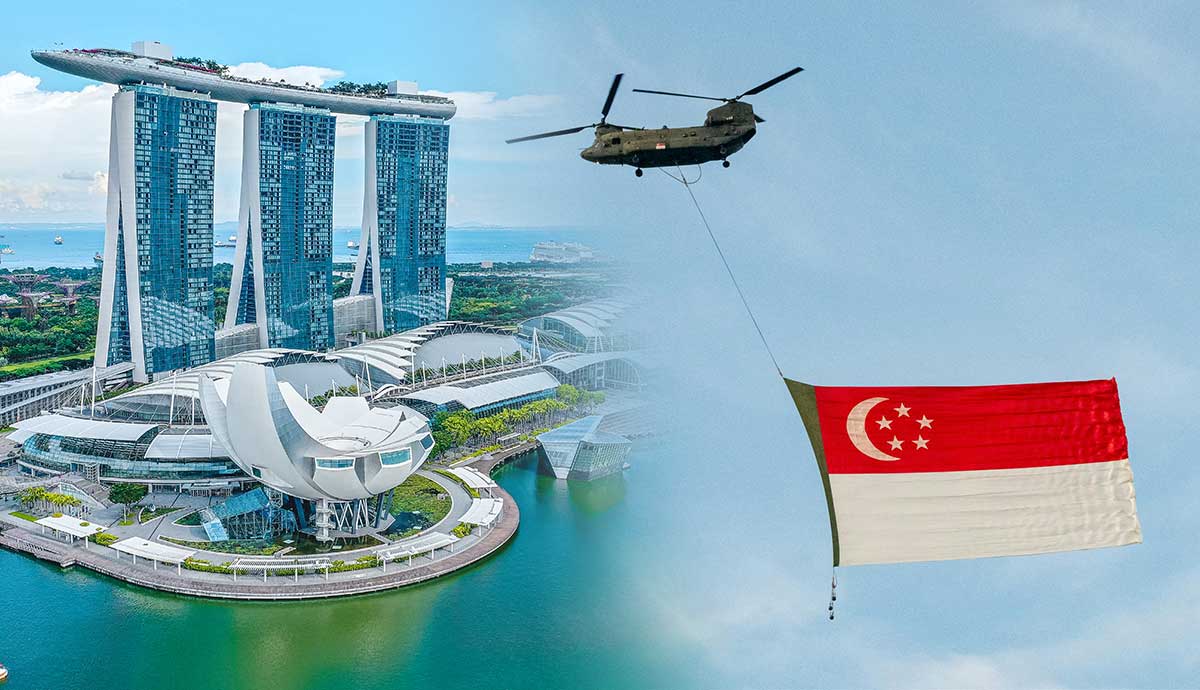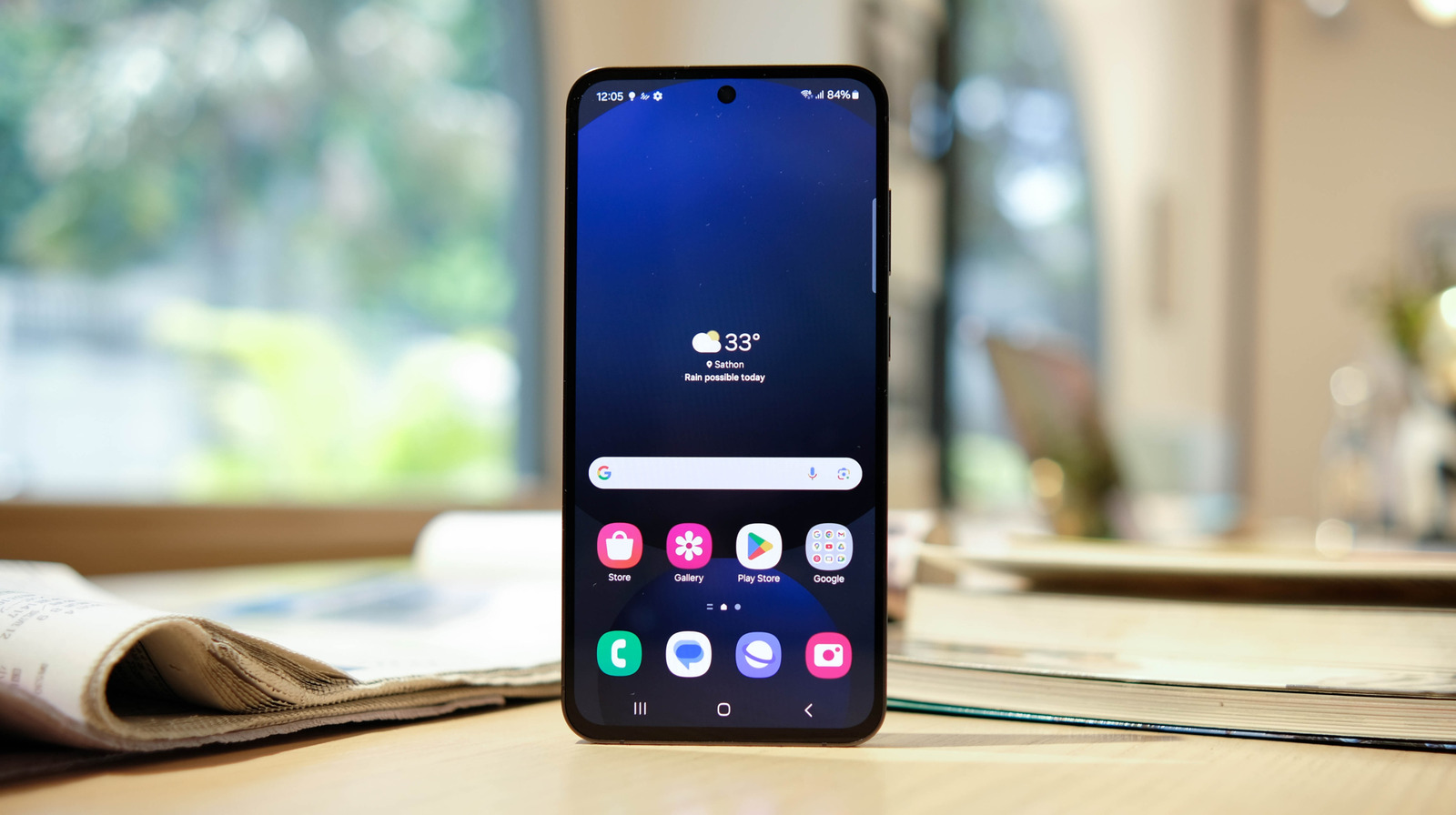
www.thecollector.com
8 Pivotal Events in Singapore’s History That Shaped the Nation
The story of how Singapore became a nation with an economy worth nearly one trillion dollars is marked by a number of key events. From Sir Stamford Raffles’s establishment of a trading post on the island of Singapore to the Japanese occupation in World War II, every event has shown the vision and resilience of the nation’s leaders and population. This article examines these pivotal moments in Singaporean history.
1. Founding by Stamford Raffles
Sir Stamford Raffles Statue Outside Of Victoria Concert Hall, 2008. Source: Flickr / Brian Holsclaw
The modern history of Singapore began in 1819, when British Officer Sir Stamford Raffles, on behalf of the British East India Company, established a small trading post on the sparsely populated island. At that point in time, Singapore was a small fishing village that produced very little in terms of trade. Raffles’s decision was influenced by the island’s prime location along the major India-China sea trading route. He saw the potential for a major trading hub to be built on the island that would bring vast riches to the region.
Politics also played a key role. Raffles’s decision was made to undercut the influence of Dutch traders in the region. By establishing Singapore as a trading hub, the East India Company would be positioned to directly challenge the Dutch trading posts along the Indonesian archipelago.
The founding of Singapore was preceded by a series of negotiations between local Malay rulers and Raffles. Eventually, the Treaty of Singapore was signed on February 6, 1819, and the nation’s modern history began. By abolishing trade barriers that were common in other colonial territories, Raffles supported Singapore’s development as a free port. Due to its open trade policies, Singapore quickly became a thriving trading post, which attracted business from all over Asia. Due to the swift influx of varied commerce and settlers, Singapore became one of the busiest ports in the region.
2. Cession to the British East India Company
Singapore At Sunrise From Our Tropical Possessions In Malayan India by Vincent Brooks, 1865. Source: Wikimedia Commons
The British East India Company took control of Singapore in 1824 after the Treaty of Friendship and Alliance was signed by the island’s rulers, the Sultan of Johor and the Temenggong. The treaty established Singapore’s position as a vital component of the British Empire and transferred sovereignty to the British in return for yearly payments to the Malay rulers.
A period of political stability began in Singapore, and the colonial authorities began building modern ports, roads, and bridges. English quickly became a common language on the island as it facilitated communication between the local people, colonials, and foreign workers. In addition, regional tensions between the British and Dutch Empires were reduced by the Anglo-Dutch Treaty of 1824, which resolved territorial disputes by acknowledging British sovereignty over parts of the Malay peninsula and Singapore and Dutch sovereignty over Sumatra. The treaty allowed Singapore to fully realize its potential as a vital regional trading hub.
Singapore flourished under British rule and developed into a vital cross-border trading center for textiles, tin, rubber, and spices from the Malaysian peninsula and beyond. A multicultural society flourished in Singapore, influenced by waves of migrant workers from China, India, Malaysia, and Europe who came to seek their fortune.
3. World War II & Japanese Occupation
Japanese Navy Troops During The Battle Of Shanghai, 1937. Source: Wikimedia Commons / Brent Jones
Singapore enjoyed a period of relative peace and prosperity for much of its early history. This came to a tragic end in 1942 when, on February 15, the British surrendered to the invading Japanese army. This event was significant for the social and political development of Singapore as it ended over a century of British colonial rule and began a period of occupation by a foreign power.
Before the Japanese invasion, Singapore was considered by the British to be an impenetrable stronghold that could never be taken by an enemy. The island was significant to local trade and allowed the British to exert influence over a huge area of the Pacific. However, when the Japanese approached the island via the Malaysian peninsula, the defenses of the British armed forces quickly fell, and the British surrendered. Their swift defeat in Singapore was one of the largest in their history and a severe strategic and diplomatic setback for the British Empire as it shattered the idea of their invincibility in Asia.
Australian Troops Disembarking At Singapore, 1941. Source: Australian National War Memorial
While their period of occupation did not last for very long, the Japanese military left a lasting impact. Under their rule, the name Singapore was eradicated, and the island was referred to as Syonan-to. The Japanese occupied the island with an iron fist and carried out numerous acts of senseless violence and oppression. The most notorious event to occur under Japan’s rule was the Sook Ching Massacre, in which almost fifty thousand “anti-Japanese elements” were killed indiscriminately by Japanese troops.
In addition to a massive loss of life, the period of Japanese occupation sparked a change in Singaporeans’ political awareness. The British failure to defend Singapore and the trials of living under Japanese rule exposed the shortcomings of the colonial government and increased nationalist sentiment, which eventually paved the way for a national independence movement that took hold after the war.
4. Post-War Violence in Singapore & Journey to Self-Government
The signing of the Japanese Surrender at Singapore, 1945. Source: Imperial War Museum
After the United States dropped a nuclear bomb on Hiroshima, Japan surrendered to the Allied forces on August 15, 1945. A period of chaos, looting, and violence swept across Singapore. The violence was influenced by a desire for revenge against the oppressive Japanese forces and those who had collaborated with them.
Moreover, in the eyes of the Singaporeans, the British failure to defend Singapore from the Japanese had destroyed their credibility as an unshakeable colonial ruler. As a result, the years following the end of World War II saw a rise of anti-colonial sentiment in Singapore coupled with nationalist and independence movements. The slogan “Merdeka,” or “independence,” came to symbolize this anti-colonial movement.
The British colonial rulers were significantly weakened by the toll of World War II and were willing to gradually entertain the possibility of self-governance for Singapore and Malaysia. A significant step towards independence came on April 1, 1946, when Singapore became a separate Crown Colony with a civil administration led by a governor.
Singapore’s new status as a Crown Colony called for an elected civil legislature. The island’s first elections were subsequently held in March 1948. Three of the six available council seats were taken by the Singapore Progressive Party (SPP), a conservative party that did not support independence, while independent candidates took the remaining three.
Three months after the elections, communist groups in Malaya began an armed insurgency. The British responded with stringent measures to control left-wing groups in Singapore and Malaya, including the controversial Internal Security Act, which allowed indefinite detention without trial for those suspected of being “threats to security.” Progress towards self-government was stalled for several years as the British dealt with the insurgency.
5. The Start of Self-Government
Singapore In The 1960s, date unknown. Source: Southeast Asia Globe
After years of British rule, the island of Singapore finally achieved self-government within the British Empire on June 3, 1959. This event was a key milestone on the road toward independence that changed the political climate and laid the groundwork for what would come. Statesman and lawyer Lee Kuan Yew was elected Singapore’s first prime minister. Lee has since become widely acknowledged as the founding father of modern Singapore.
Singapore’s newfound self-government gave itself legislative responsibility over domestic affairs, whereas the British Empire still maintained sovereignty over islands, its defense, and international relations. Lee Kuan Yew’s new government was elected on a manifesto promise to prioritize housing, education, healthcare, and infrastructure. The new administration quickly got to work addressing these problems, introducing programs like the Housing Development Board (HDB) and other vital social programs. Moreover, Lee’s government used its influence over internal affairs to spread the notion of independence. Each domestic success it achieved was further proof that Singapore could stand on its own.
6. Merger With Malaysia
Singapore-Malaysia Causeway, 2020. Source: Wikimedia Commons / Lionel Lim
After self-government began in 1959, the journey towards Singapore’s complete independence from British rule was almost assured. However, declaring independence for such a small nation was difficult, which is why the government of Singapore decided it would not seek sovereignty alone.
On September 16, 1963, Singapore joined with Malaya, Sabah, and Sarawak to form the Federation of Malaysia. The main motivations behind the Federation of Malaysia were geopolitical and economic security. With few natural resources and a heavy reliance on international trade, Singapore sought an economic union with Malaya as a means of expanding its economy and securing its freedom. Because they thought the merger would create a stable political entity in the area, the British supported the union. However, a series of ethnic, religious, political, and ideological conflicts soon made it clear that such a union was untenable.
The Malay-centric policies of the Malaysian federal government under Tunku Abdul Rahman opposed Lee Kuan Yew’s vision of a “Malaysian Malaysia,” which would have guaranteed equal rights to all people, regardless of race. Singapore’s free-port policy and considerable economic growth also increased economic differences. After a series of disagreements within the Federation, Singapore was eventually ejected on August 9, 1965, marking the start of its independence as a sovereign nation.
7. Separation & Independence
Singapore Flag Carried by Chinook Helicopter, 2023. Source: Public Domain / Pexels
Singapore’s separation from the Federation of Malaysia resulted in the establishment of the Republic of Singapore. However, such an unexpected outcome presented Prime Minister Lee Kuan Yew and his government with considerable difficulties when faced with the realities of independence. Singapore had to carve out its place in the global economy as an island without a large military, natural resources, or a considerable population.
Lee Kuan Yew responded to the challenges of independence with remarkable resolve and strategic planning that shaped the future of modern Singapore. With an emphasis on social cohesiveness, economic stability, and international recognition, the recently independent Singapore set out on a comprehensive program for nation-building. Along with programs like the Economic Development Board (EDB) and the Jurong Industrial Estate, efforts to industrialize and diversify the economy prepared Singapore for its rise to prominence in the world economy.
8. Formation of ASEAN & Economic Transformation
Downtown Singapore’s Financial District, 2022. Source: Photo by author Robin Gillham
The founding of the Association of Southeast Asian Nations (ASEAN) was a key step in securing Singapore’s economic independence and sovereignty in a highly competitive region. The organization, also joined by Indonesia, Malaysia, Thailand, and the Philippines, set forth a treaty of fundamental values that would govern the diplomatic relations of Southeast Asia. Fundamentally, the ASEAN enshrined a respect for national sovereignty and independence and provided a multilateral structure for mutual trade and cooperation.
The agreement was followed by the creation of the ASEAN Free Trade Area (AFTA), which gave Singaporean businesses more access to markets in the region and allowed them to expand their operations. These agreements laid the groundwork for the explosive growth of Singapore’s economy, which today is significantly richer than the US, UK, or France per capita.













